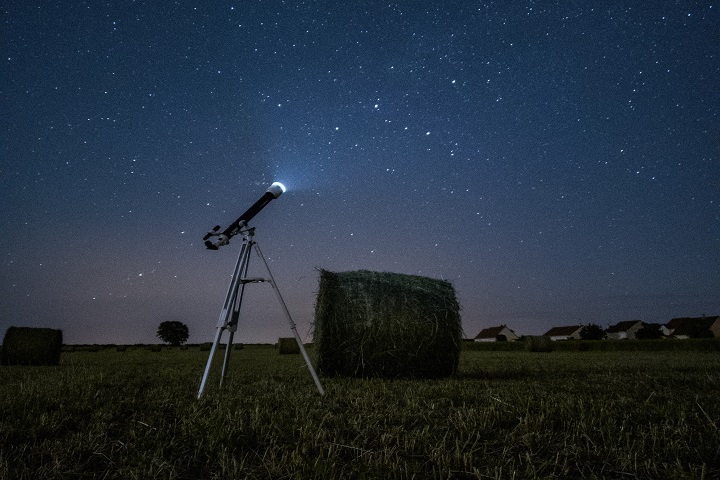Technology
James Webb Space Telescope (JWST): Exploring the Universe’s Past, Present, and Future
The James Webb Telescope is a remarkable scientific achievement that has the potential to transform our understanding of the universe.

The James Webb Space Telescope (JWST) is a large, infrared-optimized space telescope. It is the most ambitious and complex space observatory ever built, and it’s set to launch in late 2021. In this post, we’ll take a closer look at what makes the JWST so special, what it’s capable of, and what it could reveal about the universe.
JWST is designed to be the successor to the Hubble Space Telescope, and it is expected to be much more powerful than Hubble in many ways. The telescope is named after James E. Webb, who was a prominent NASA administrator during the 1960s.
JWST will have a primary mirror that is 6.5 meters (21.3 feet) in diameter, which is significantly larger than Hubble’s 2.4 meters (7.9 feet) mirror. It will be equipped with four scientific instruments that will enable it to observe a wide range of astronomical objects and phenomena, from exoplanets to distant galaxies.
Table of Contents
1. What is the James Webb Telescope?
The James Webb Telescope is a collaboration between NASA, the European Space Agency (ESA), and the Canadian Space Agency (CSA). It’s named after James E. Webb, who served in the National Aeronautics and Space Administration during the Apollo program.
The telescope’s primary mission is to study the early universe, from the first stars and galaxies to the formation of planetary systems. It’s designed to observe in the infrared spectrum, which will allow it to see through the dust and gas that often obscure celestial objects from view.
2. What are the Key Features of the JWST?
The JWST is a massive telescope, with a 6.5-meter primary mirror (more than twice the size of the Hubble Space Telescope’s mirror) that’s composed of 18 hexagonal segments. The mirror is made of beryllium, which is strong, lightweight, and has excellent thermal properties.
The JWST is also equipped with four cutting-edge scientific instruments, including a near-infrared camera, a near-infrared spectrograph, a mid-infrared instrument, and a fine guidance sensor/near-infrared imager and slitless spectrograph. These instruments will allow the JWST to capture images and data of unprecedented detail and resolution.

3. What Can the JWST Teach Us About the Universe?
The JWST is poised to revolutionize our understanding of the universe in several ways. Here are just a few of the things that it could help us discover:
The first galaxies: The JWST will be able to observe some of the earliest galaxies in the universe, which will help us understand how the universe evolved after the Big Bang.
The formation of stars and planets: The JWST will be able to observe the birth of stars and planets, which will provide insights into the origins of our solar system.
The search for life beyond Earth: The JWST will be able to detect the chemical signatures of exoplanet atmospheres, which could provide clues to the presence of life elsewhere in the universe.
Dark matter and dark energy: The JWST will be able to observe the effects of dark matter and dark energy on the structure and evolution of the universe, which could help us understand these mysterious phenomena.
4. Conclusion
The James Webb Space Telescope is a remarkable scientific achievement that has the potential to transform our understanding of the universe. Its advanced technology, massive size, and innovative scientific instruments will allow us to see further and more clearly than ever before, revealing the past, present, and future of the cosmos. We can’t wait to see what the JWST will discover!
-

 Instagram4 years ago
Instagram4 years agoBuy IG likes and buy organic Instagram followers: where to buy them and how?
-

 Instagram4 years ago
Instagram4 years ago100% Genuine Instagram Followers & Likes with Guaranteed Tool
-

 Business5 years ago
Business5 years ago7 Must Have Digital Marketing Tools For Your Small Businesses
-

 Instagram4 years ago
Instagram4 years agoInstagram Followers And Likes – Online Social Media Platform















